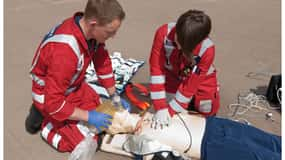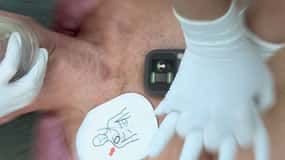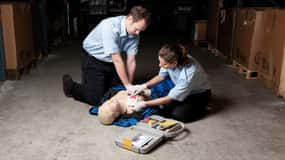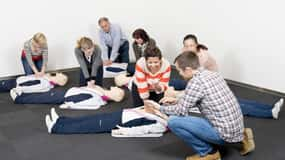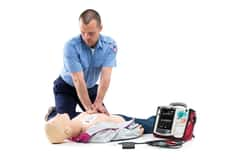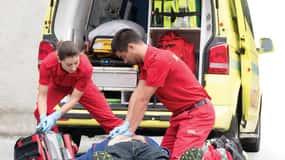
Establish a cardiac arrest registry
A cardiac arrest registry is the essence of measurement. Continuous measurement will determine if implementing changes cause improvements and help you identify further steps for improvement. A registry measures more than whether the patient lives or dies, but all aspects related to the care.

